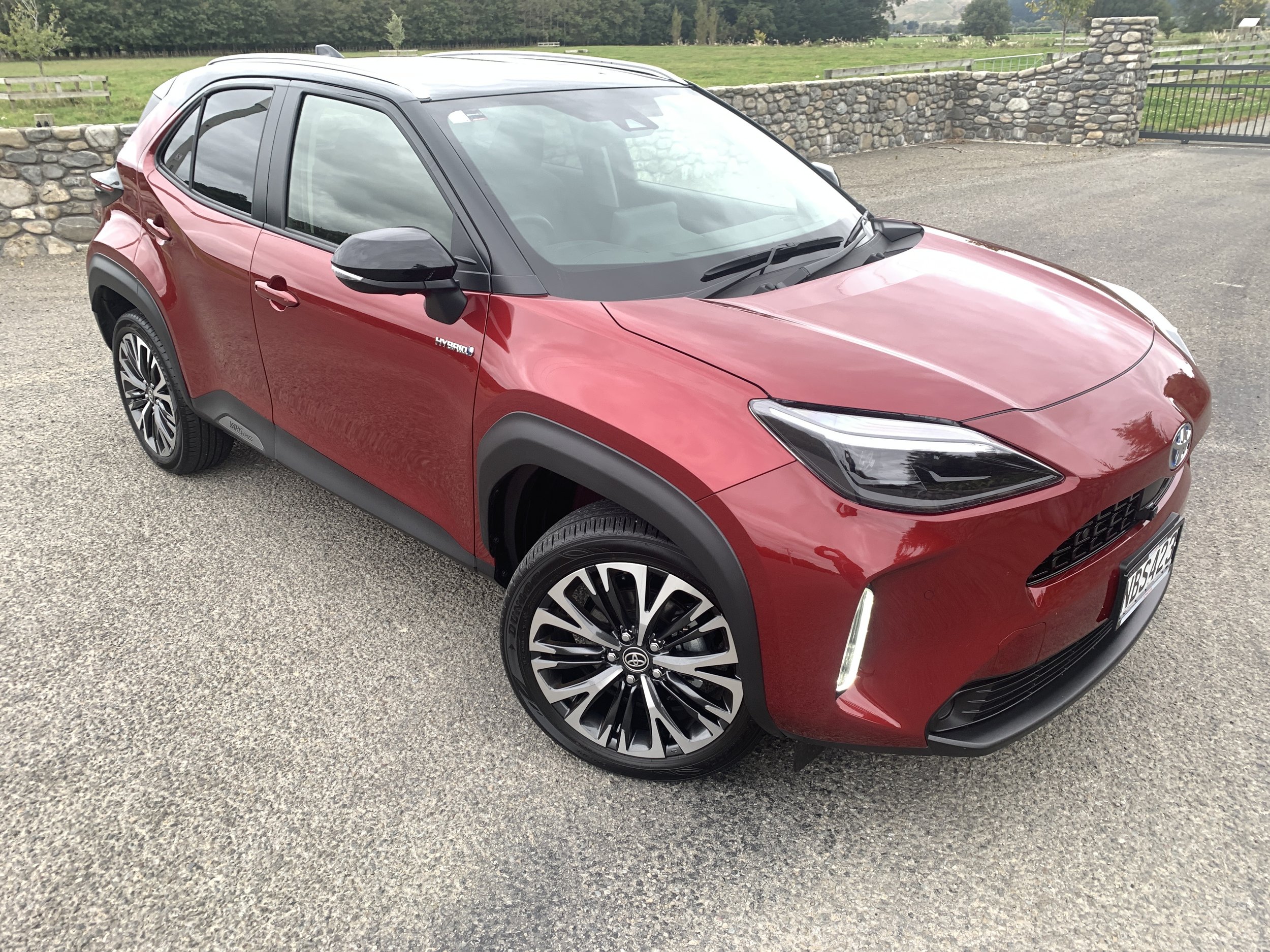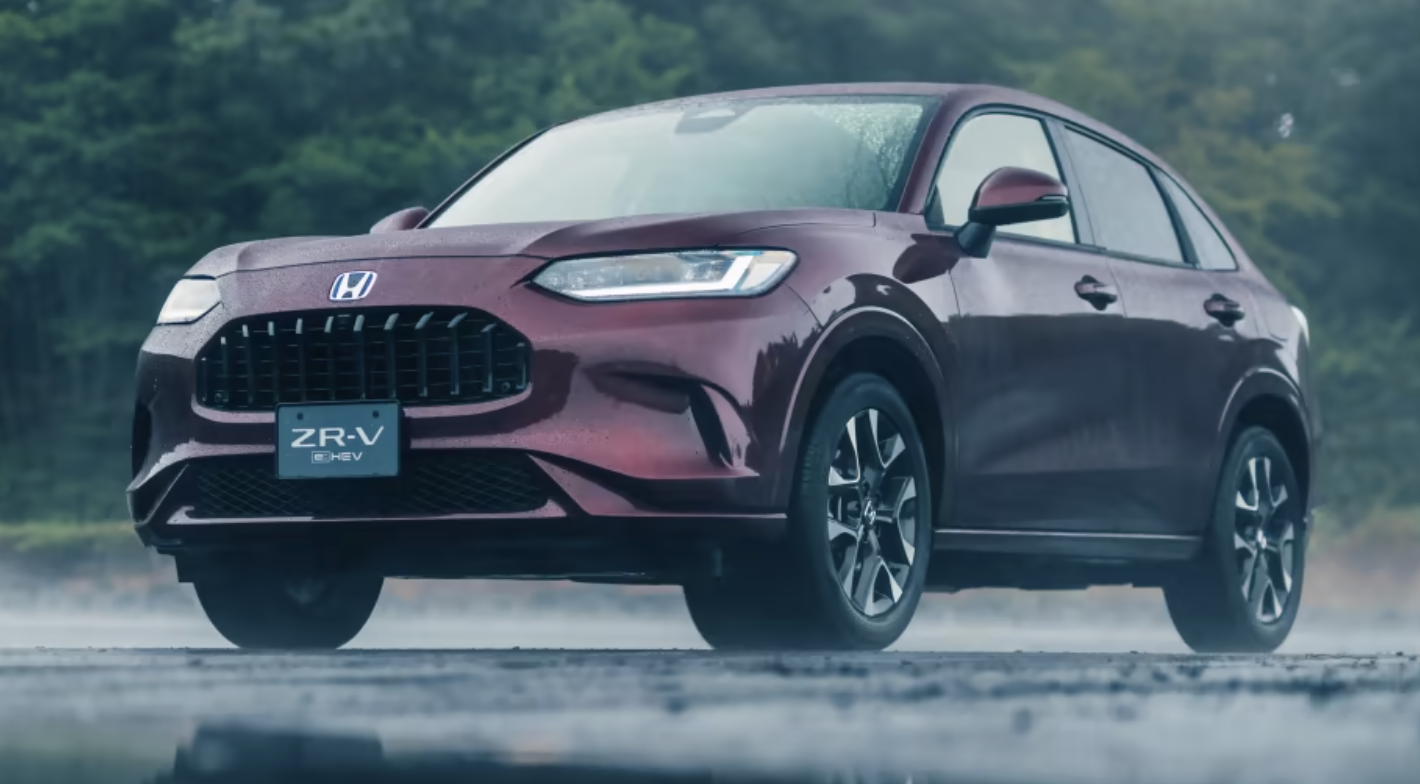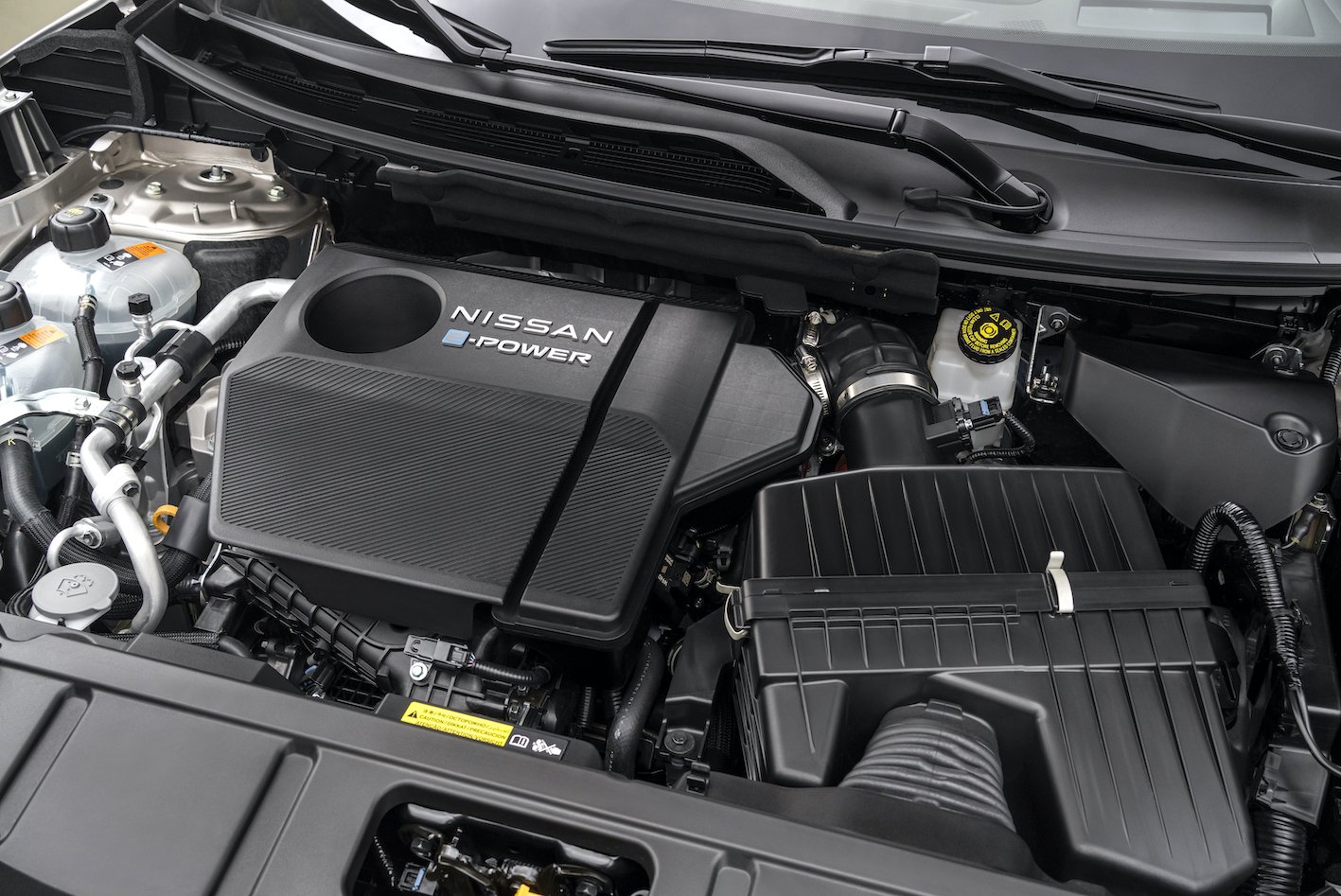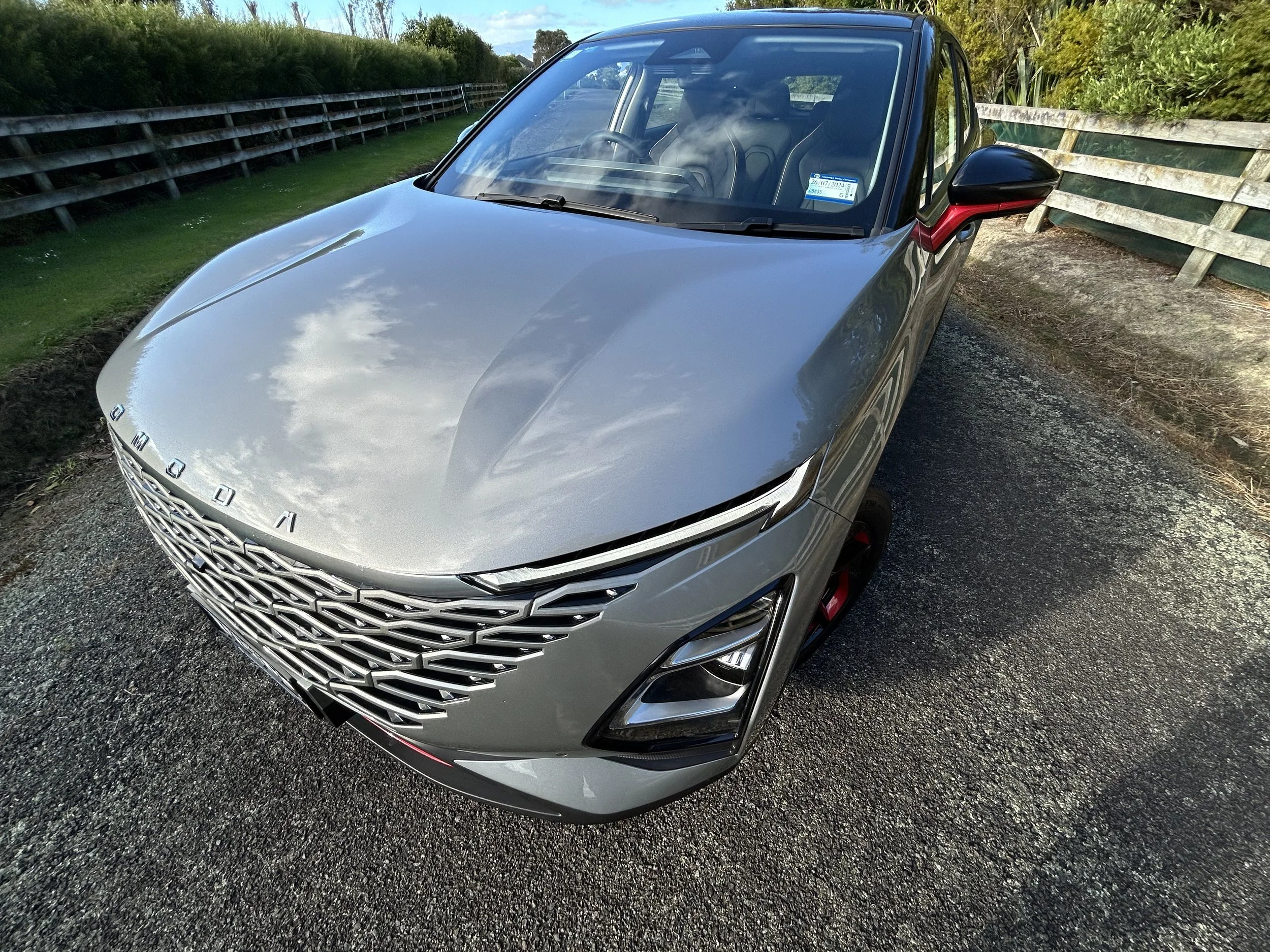Clean Car a dirty taste for more than ute crowd
/The rebate eligibility club becomes more exclusive, the penalty zone more heavily populated – including with product no longer considered Green enough.
Yaris Cross is one of three toyota hybrids retaining rebate eligibility.
SIGNIFICANTLY fewer vehicles gain incentives, even small thrifty cars are bullied and anything falling out of the carbon neutral zone is effectively being subjected to a $2100 price rise.
That’s industry insider view of outcomes triggered by revision to the Clean Car Discount.
Analysis since Tuesday’s rejig for the programme inducing car buyers to steer toward environmentally-friendly vehicles reinforces it has become more selective in what that descriptive means.
Exemption for previously-favoured mild hybrids might not be entirely surprising – as while these have electric drive to tangibly reduce exhaust nasties, they nonetheless rely on petrol engines to drive.
However, under the new regime an emergent ‘almost electric’ technology now coming to new Hondas and Nissans - drivetrains which use a petrol engine, a generator to feed batteries, from which an electric motor driving the wheels is replenished – also fails to impress legislators.
The impending change enforces that popular view of this being a ‘ute tax’ is much more.
While those miscreant one-tonne utes are certainly whammied all the harder now, the reality is that incoming is a far more widescale amendment.
In encouraging uptake of cleaner cars, the regime also nonetheless makes condition of entry into the rebate zone much more selective.
Under the regime as it existed for 13 months, 40 percent of all new vehicles being sold in New Zealand were eligible for some kind of rebate.
Post July 1, that thins down to 22.8 percent.
Aside from this, many more cars whose emissions were previously too low for censure but not clean enough for a bouquet are now under the same spotlight as those that until now have won rebates, but from July 1 will not, an analyst within the industry has suggested.
Targeting cars that were until now in what’s known within the industry as the ‘carbon neutral /zero band’ – that is, not efficient enough for a rebate, not so inefficient to be penalised – makes them more costly.
The industry average increase based on consideration of sales-weighted average for the past six months is around $2100, an industry figure says.
“The scheme has been too successful. They have over-spent their budget lowering the emissions of vehicles coming into the fleet.”
Clean Car Discount was designed to be self-funding; penalties going into the pot would at least equal outgoings as rebates. That hasn’t happened. A fund that opened with $304 million had, by March, depleted by two thirds. Government says it will add another $100 million.
However, that’s a one-off. Some commentators say the scheme as is now describes is too much, one saying Government was buying itself “an unnecessary fight with median-voting tradies” simply to save a few bucks it could could afford to pay from the Climate Emergency Response Fund, which holds $3.6 billion of Emissions Trading Scheme proceeds. The ultimate end game? Says one industry involver spoken to: “The consumer must pay.”
Beyond that, distributors are left in disarray, having structured their fleets around product that, whenever possible, benefitted as strongly as possible for the sales climate.
anyone securing the first shipment of the honda ZR-v will be eligible for a rebate. Not so from July 1.
Many are facing being left with cars that lose the appeal of being rebate-winners. Plus, there’s additional hurt from adjustment to the Clean Car Standard, a distributor-cited levy, with penalty cost on excess CO2 count rising from $36 per exceeded gram to $57.50.
When the zero band contained vehicles that emitted CO2 between 147 grams per kilometre and 191g/m, it contained 21 percent of the new car fleet. The zone shifting to a 101g/km to 149g/km cuts that back to an 18 percent involvement.
When considering average change of fee or rebate, the change in status is more severe for hybrids than it is cars considered to be emitters of too much CO2. There is a difference of more than $1000 in respect to average fee/rebate change.
Toyota New Zealand is by far the most high-profile hybrid brand. It centralises passenger effort on technology purpose-designed to reduce CO2. Toyota’s tech is world class, for its type, and Kiwis uncertain about stepping too far into electric driving have found it a comfort zone. But this clearly cuts no ice now; it’s no longer good enough for legislators.
All Toyota hybrids selling for less than $80,000 – that’s around a dozen cars - have been achieving (on average) $2600 rebates. From the end of June, just three – Yaris hatch, Yaris Cross and Corolla wagon - retain that status. A Corolla that has been a solid seller emits one gram of CO2 too many to meet the new admission requirement.
There are other examples. Having had one of the most rebate-fuelled line-ups in the country, with 11 eligible cars, Suzuki New Zealand now hasn’t a single model that will achieve any entitlement.
The small car specialist has just gone to considerable effort to source a hybrid edition of the Vitara crossover, from Hungary specifically because this variant conformed more closely to Clean Car intent than any previous type. Under the outgoing regime, it won a rebate. Now, it’s penalised.
Honda NZ yesterday showed media its ZR-V, a small crossover, in two versions, one with the e:HEV technology that has a petrol engine acting as a power generator for a lithium ion battery that in turn feeds an electric powertrain.
The first shipment of 100 units has been accounted for; those early birds have skipped a storm. Data tables suggest this electric-prioritised hybrid model, with a CO2 count of 126 grams per kilometre, is eligible for a $2129 rebate under the current structure but will earn nothing from July 1. An alternate turbocharged petrol edition, with 182g/km, goes from zero status today to a bill of $2415.
e-power is a landmark technology - but not smart enough for clean car.
Nissan’s e-Power setup in the Qashqai and the X-Trail also follows the same route as Honda’s; a small petrol engine charges a battery that powers the electric motors driving front or all four wheels. There’s no plug-in replenishment required. Cost neutral status now drops from the e-power X-Trail, with a $805 rebate coming, while the Qashqai equivalent loses a $1400 rebate and becomes cost neutral.
Hyundai provides a good example of being a brand with highly proactive involvement in electric vehicle provision; yet it also sells fossil-fuelled product. Most of the compact choices have powertrains designed for low emissions and thrift – but still don’t meet the legislation’s demand.
The Venue, a budget front-wheel-drive sports utility with a 1.6-litre petrol engine has been a zero band. From July 1, it cops a $2500 rebate. The petrol version of the Kona, here as a cost-saver alternate to the same car in fully electric presentation, will have a $1400 penalty. The ASX, a frugal crossover that has been a Mitsubishi staple for years and is popular with budget buyers, doesn’t seem set to have a comfortable retirement year. It lands a $3220 impost, up from $575.
The industry has reinstated concern the schedule change has given too little forewarning; the state of the international supply chain has been ignored.
Order timelines for some brands are long; for some popular models, an order placed today will not be met for 14 months. Cars bought on assumption they will escape penalty or win a subsidy that are not registered by end of June will miss out.
Conceivably, too, distributors will be caught with product that might seem much less tenable after July 1. That might well be the case with cheaper vehicles – the penalty might be the factor that curtails current popularity.
Those spoken to says its galling some brands that were previously making ground on revising their fleets to accommodate, as best they could, the Government’s aspiration, have been severely kicked back. “If this was a game of snakes and ladders, they are back on the bottom square again.”
Others that were already struggling are in even worse position now.
From an industry perspective, the view is that what will happen is that, at a time of high inflation, the Government has pushed distributors into having to effect price increases.
Conceivably, this movement extrapolates to around $2100 across passenger and $2600 in respect to light commercials and vans.



















